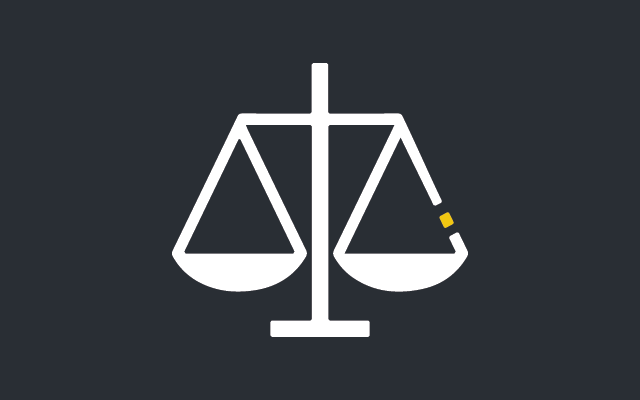Because it’s nice to have everything in one place
Today’s infographic brings you a complete snapshot of the Supreme Court’s 2017-2018 term.
We analyzed each of the cases and displayed them according to legal subject area. You can see the main “hot categories” by viewing the sizes of the bubbles. Then get a further breakdown of each main category by viewing the sub-categories.
Don’t miss the Table of Cases!
The Table of Cases lists the cases that fall into each category. And it provides links to all of the case-specific infographics!
You can access a quick visual explainer of each case, straight from the infographic. Everything you need for a snapshot of the term!

Discussion: The hot categories
The hot categories this term were Civil Rights and Criminal Law.
The Civil Rights category includes a range of subjects, but all with the same theme: challenges to government power on the basis of a civil right. Sixteen cases fell within Civil Rights. You’ll see the first major sub-category within Civil Rights is the First Amendment. That was a major theme of the term, with seven cases calling on it. Beyond that, cases challenged government authority on the basis of other civil rights: freedom from discrimination (as guaranteed by Constitutional Equal Protection or by another federal law); procedural fairness (as guaranteed by the Constitution’s Due Process clause or Article III, or by federal court rules).
Criminal Law cases were also common, totaling sixteen in number. The major Constitutional rights being debated were the 4th Amendment (freedom from unreasonable search), 5th Amendment (due process/fairness in procedures) and 6th Amendment (right to counsel). Federal law protections derived from the 4th Amendment also touched on government surveillance and were two in number (although one of them, U.S. Microsoft, was dismissed before the Court could reach the merits). There were five cases on topics of criminal procedure – how courts should interpret certain provisions meant to provide fairness in criminal litigation. Two habeas corpus cases were petitions brought by individuals who had been sentenced to death and argued the process had been unfair. And one substantive federal law case related to a tax felony.
The rest of the categories have less diversity and fewer cases, so scrolling through them should give you a sense of the categorization.
Analytical calls
Choosing one topic for each case – and only one topic – is tricky. Many cases fall into more than one legal subject area. Here’s how we did it.
Civil rights is our over-arching category. Cases falling into this category cross over into other realms, but the categorization is valuable because (1) it gives people a sense of what is going on in the cases (i.e. a challenge to government power) and (2) it gives color to the diversity of our nation’s fundamental guarantees.
We used Civil Rights as a priority categorization for the cases. Thus, even though Trump v. Hawaii is an immigration case, the case centered on the First Amendment aspect and had a very strong Civil Rights meaning to the American public. So we opted to put it in Civil Rights.
As another example, some cases in the Civil Rights category started as Criminal Law cases, but the issues brought up to the Supreme Court were not strictly criminal. D.C. v. Wesby, for example, started as an arrest for unlawful entry. But the arrestees turned the case around on the officers who arrested them. In the Supreme Court, the arrestees had brought a Civil Rights suit against the officers for unlawful arrest – basically an abuse of power. The same goes for Lozman, who was originally arrested but then turned the case around on the city arguing abuse of its power to arrest.
Otherwise, stronger case relevance to a given topic won out. For example, Wisconsin Central relates to both Tax Law and Employment Law, but since the case interpreted a provision of a tax act (Railroad Retirement Tax Act), we categorized it in Tax Law.
Want the PDF version?
Contact us if you are interested in the PDF version of the infographic. Please include how you intend to use it.
The start of an e-Book!
This infographic will serve as the Table of Contents for a graphical e-book on the Supreme Court’s term. Each of the case-infographics will be included in the book, along with its corresponding text report.
The book will provide a major bonus for researchers! The appendix will list the legal issues involved in the cases with page references.
Support the effort by donating!


